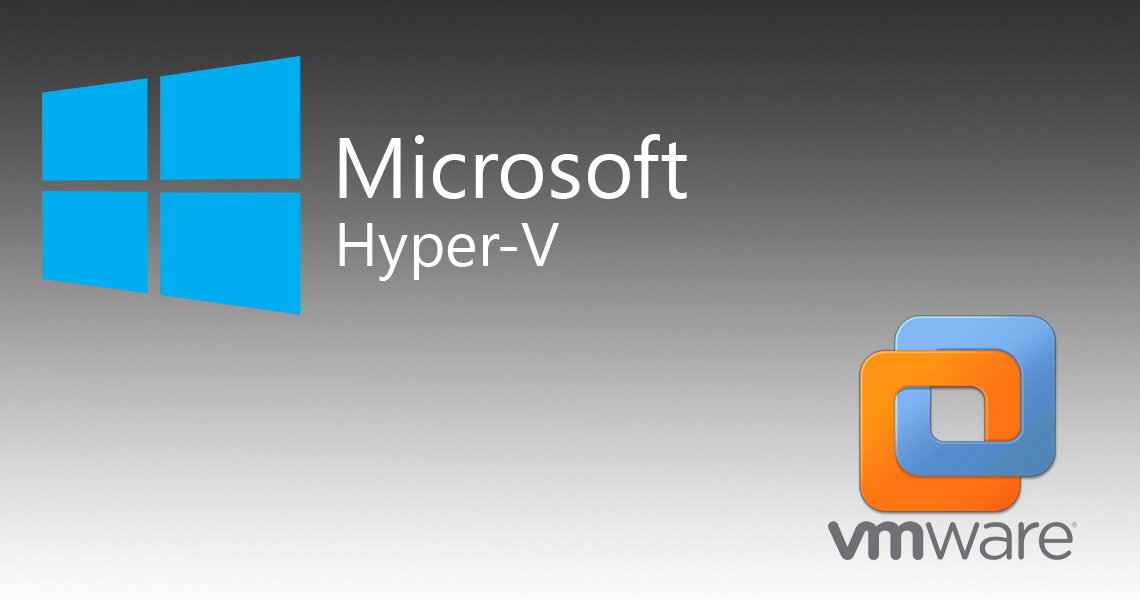Virtualization of computers is a process that allows for more efficient utilization of physical computer hardware by creating an abstraction layer over it. This abstraction layer enables the hardware elements of a single computer, such as processors, memory, storage, and network resources, to be divided into multiple virtual machines (VMs) that can run different operating systems and applications.
Virtualization uses software called a hypervisor to create and manage VMs on a physical server. A hypervisor is a program that runs directly on the hardware or on top of an operating system and allocates resources to each VM according to its needs. A hypervisor also isolates each VM from others, ensuring security and reliability.
Benefits
There are many benefits of virtualization for both individuals and organizations. Some of them are:
– Cost savings: Virtualization reduces the need for purchasing and maintaining multiple physical servers, as one server can host multiple VMs with different functions. This also lowers power consumption, cooling costs, and space requirements.
– Performance optimization: Virtualization allows for better utilization of hardware resources by dynamically adjusting them according to the demand of each VM. This also enables load balancing and failover capabilities that improve availability and reliability.
– Scalability: Virtualization makes it easy to add or remove VMs as needed without affecting other VMs or the physical server. This also allows for faster deployment and migration of applications across different platforms.
– Flexibility: Virtualization enables users to run multiple operating systems and applications on a single device, such as a laptop or a smartphone. This allows for compatibility, testing, development, and personalization purposes.
Types of Virtualization
There are different types of virtualization depending on the level of abstraction and the target object. Some common types are:
– Server virtualization: This is the most common type of virtualization that creates multiple VMs on a single physical server. Each VM acts as an independent server with its own operating system and applications.
– Desktop virtualization: This type of virtualization creates multiple desktop environments on a single computer or a central server. Users can access these desktops remotely via a network or locally via a hypervisor installed on their device.
– Application virtualization: This type of virtualization isolates applications from the underlying operating system and hardware by encapsulating them in containers or layers. Users can run these applications without installing them on their device or affecting other applications.
– Network virtualization: This type of virtualization combines multiple physical network devices into one logical network that can be managed centrally. Users can create subnets, firewalls, routers, switches, load balancers, etc., without changing the physical infrastructure.
Virtualization is an essential technology that enables cloud computing, which is the delivery of computing services over the internet. Cloud computing provides users with access to various resources such as servers, storage, databases, software, etc., without owning or managing them physically.
Virtualization is also used for other purposes such as security enhancement (e.g., sandboxing), disaster recovery (e.g., backup), data analysis (e.g., big data), gaming (e.g., emulation), etc.
